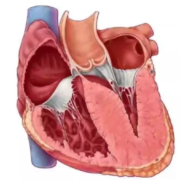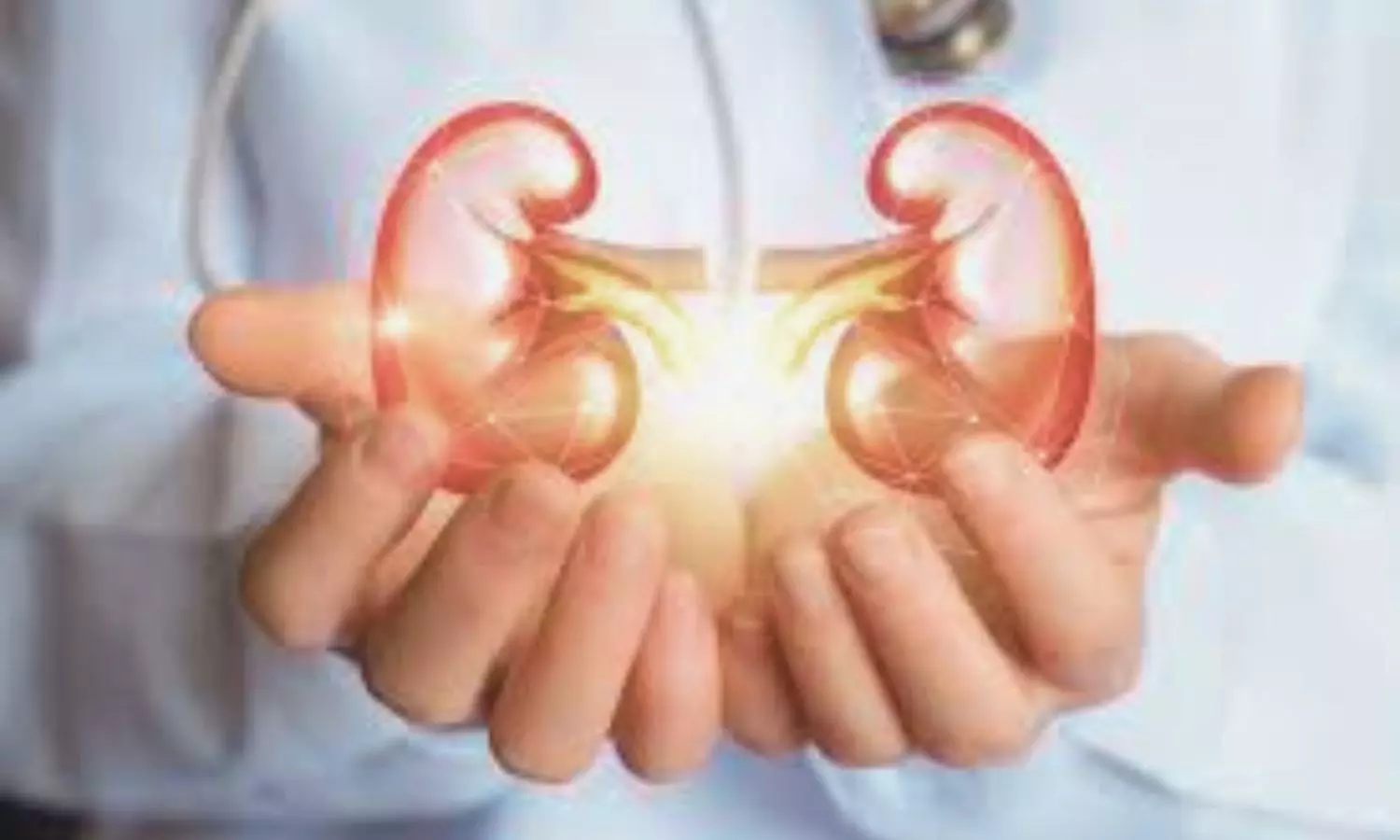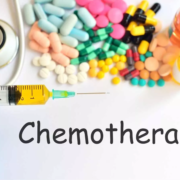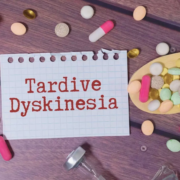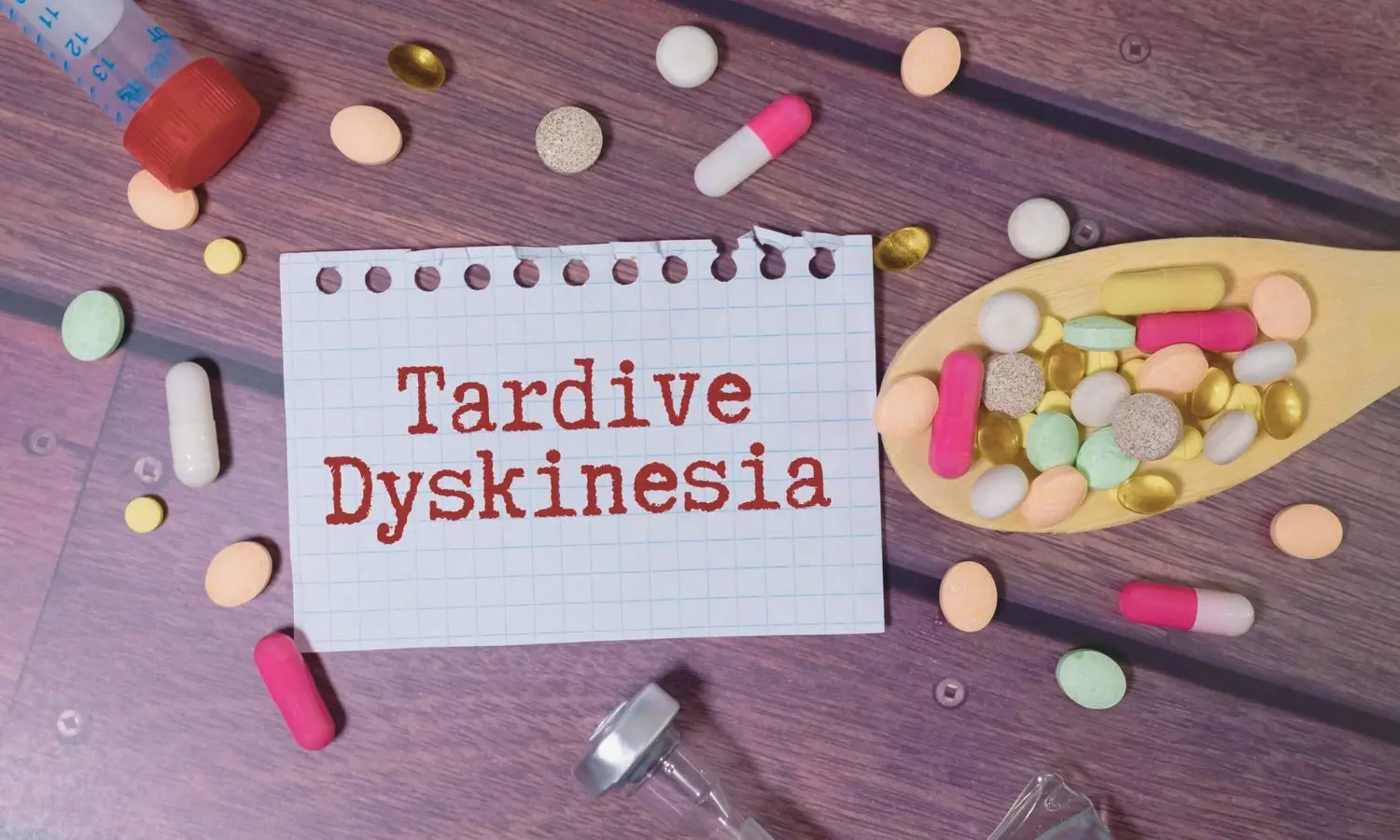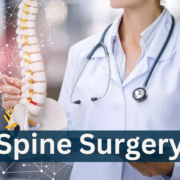Specific Plasma Biomarkers may Differentiate Hypertrophic Cardiomyopathy from other cardiomyopathies: Study
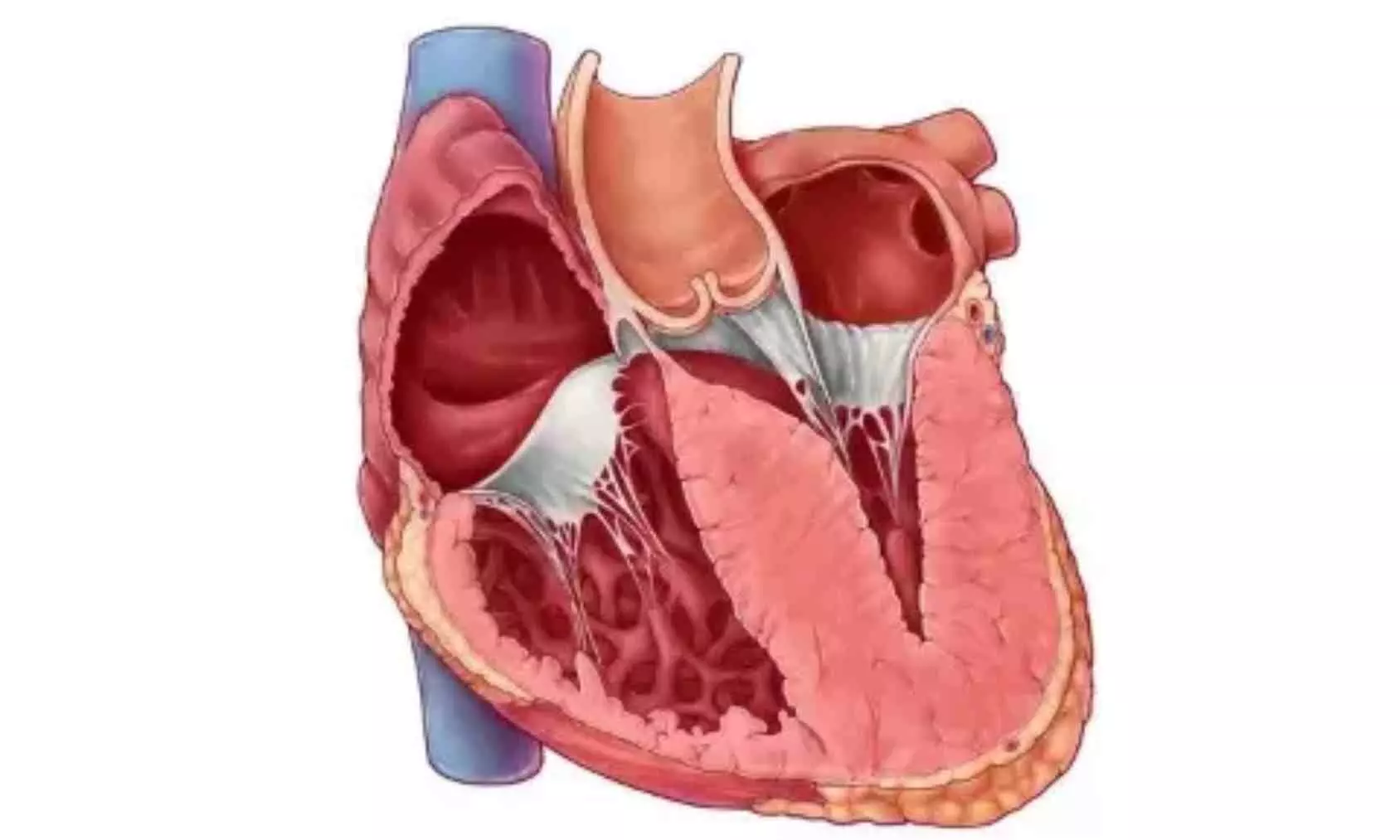
A novel study conducted by researchers
from New York and Boston identified certain circulating biomarkers that can
distinguish hypertrophic cardiomyopathy (HCM) from other cardiomyopathies. The
study results were published in the journal Circulation: Heart Failure.
Hypertrophic cardiomyopathy (HCM)
is the most common genetic cardiomyopathy with high prevalence. It is often
misdiagnosed and challenging to diagnose due to a lack of specific biomarkers. Research
shows that proteomics profiling can determine the concentration of plasma
proteins. However, there is ambiguity on the specificity of the biomarkers for
various cardiomyopathies, researchers conducted a multicenter case-control
study to identify a small panel of circulating biomarkers to distinguish HCM
from other cardiomyopathies that manifest left ventricular hypertrophy (LVH)
using comprehensive plasma proteomics profiling while adjusting for clinical
confounders.
The study included adults who
were ≥18 years old from Massachusetts General Hospital and Columbia University
Irving Medical Center and diagnosed with Hypertrophic Cardiomyopathy (HCM) and
controls with hypertensive LVH, transthyretin amyloid cardiomyopathy (ATTR-CM),
or aortic stenosis (AS). The participants were divided into two groups of training
set and a test set. Two-thirds of patients were enrolled in the training
set and one-third in the test set. Protein concentrations in HCM were compared
with those in hypertensive LVH (comparison 1), ATTR-CM (comparison 2), and AS
(comparison 3).
Two criteria were used to select
the candidate proteins. They are consistent abundance of the proteins that will
show higher or lower levels in HCM patients compared to three other
cardiomyopathy groups which should be statistically significant. The proteins
must be significantly associated with HCM even after adjusting for clinical
factors. Three separate analyses were done to compare proteins in HCM patients
to controls. Mann-Whitney-Wilcoxon test with a fold change threshold was done
to identify Proteins with significantly higher or lower abundance in HCM. Clinical
confounders were adjusted using Multivariable logistic regression analysis. the
area under the receiver-operating-characteristic curve (AUC) was used to identify
proteins in the training and the test set.
Findings:
- Overall, 4,979 proteins in 1,415 patients (HCM,
n=879; hypertensive LVH, n=331; ATTR-CM, n=169; AS, n=36) were analyzed. - Of those, 5 proteins were selected as candidate
proteins. - The logistic regression model with these 5
proteins had an area under the receiver-operating-characteristic curve of 0.86
(95% CI 0.82–0.89) in the test set. - The MAPK and HIF-1 pathways were dysregulated in
HCM throughout the 3 comparisons.
Thus, the study specified 5
proteins that had consistently different abundance in HCM throughout the 3
comparisons. This study is one of its kind to identify the largest and the most
comprehensive proteomic research that elucidates plasma biomarkers that are
independently associated with HCM and other cardiomyopathies. Further research
should be carried out to identify plasma biomarkers that are unique to HCM.
Further research: Comprehensive
Proteomics Profiling Identifies Circulating Biomarkers to Distinguish
Hypertrophic Cardiomyopathy from Other Cardiomyopathies with Left Ventricular
Hypertrophy. Doi: https://doi.org/10.1161/CIRCHEARTFAILURE.124.012434.
Powered by WPeMatico

